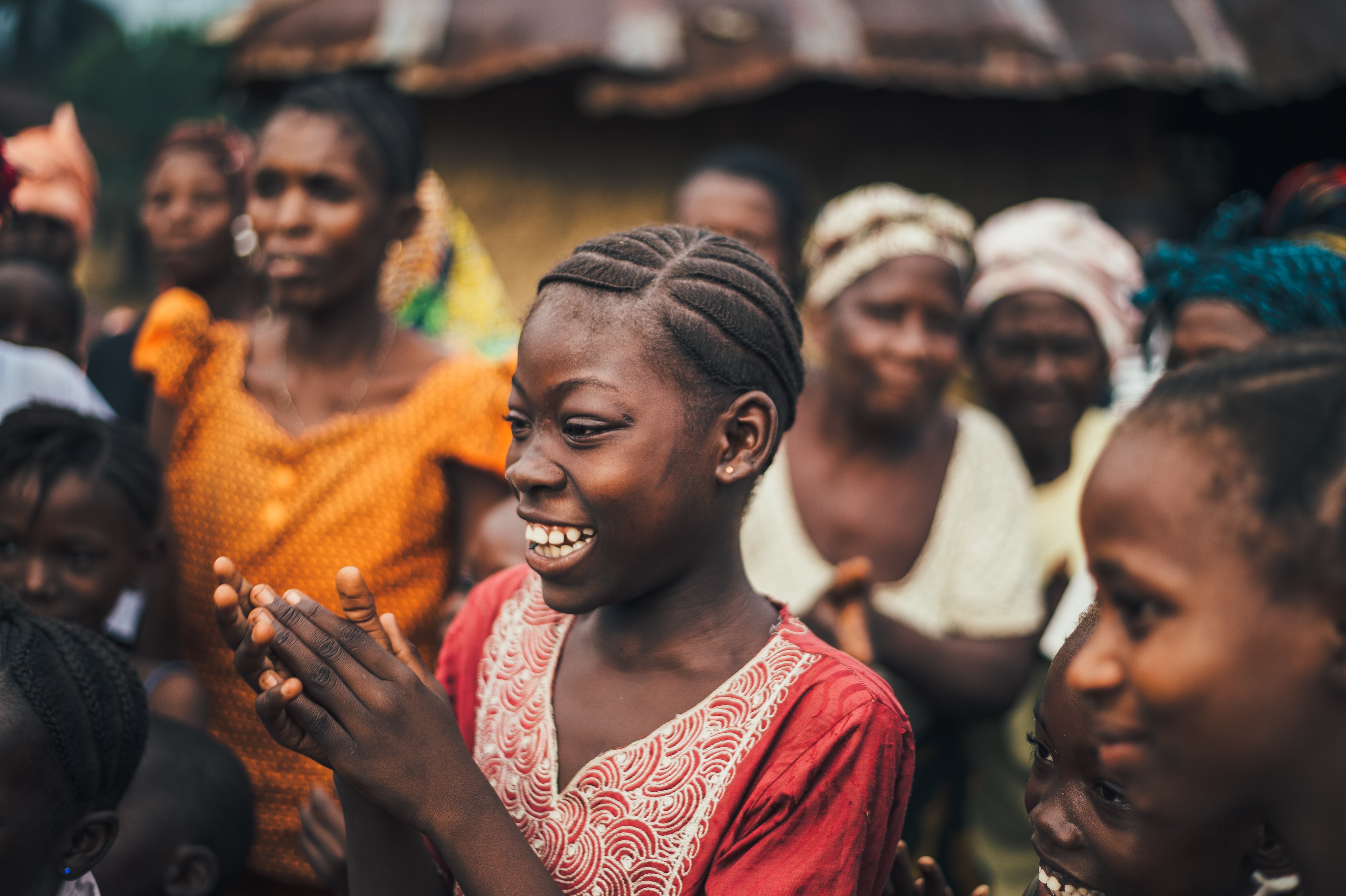Uganda: Culture Chokes Kapchorwa Girl’s Education
PRISCA Ami (not real name), 17, now in S.6, will soon sit her final exams. But she has a few regrets.
“I cannot concentrate in school.” Before reporting to school everyday, Ami has to clean the house, fetch water and wash the dishes, among other chores. After school, she goes back to find piles of work waiting for her.
“This wears me out and leaves me with little time to read.” While she does all this, Ami’s brother is never bothered with that much work.
Ami’s school is in Kapchorwa, a district located in Eastern Uganda, bordering Mbale, Nakapiripirit and the Republic of Kenya.
Her plight is critical at this time, particularly because of the increased pressure on governments in the developing world to bridge the gender gap in education by 2015, as required by Millennium Development Goal Number 3. A 2003 Education for All (EFA) monitoring report on Gender and Education in Uganda observed that despite Universal Primary Education (UPE), girls faced various challenges in accessing education.
The report notes that despite UPE, decisions are still taken that deny 13.1% girls of school-going age access to primary school education; while girls’ enrollment at secondary school level has consistently lagged behind that of boys by about 20%.
As the Government’s efforts to meet girls’ education challenges continue, Kapchorwa and its neighbours continue to face unique problems in providing quality education. Many of these problems, rooted in the Sabiny culture, have had adverse effects on girls’ school attendance. Statistics from the district education office show that the absenteeism rate stands between 37% to 40%, with girls being the most affected.
With a completion rate of 57% at primary level, fewer girls complete the primary cycle, compared to boys at 59%. Transition from primary to secondary level has also suffered. Mike Cheptoek, the Kapchorwa District Education Officer, says 61% of pupils who complete primary school in the district do not continue to secondary level. The odds, he said, are against the girls who constitute more than half of this total. But it is the failure rate that is more telling.
Primary Leaving Exam results over the last two years reveal that as more boys pass in Division 1 and 2, more girls end up in Division 4 and/or fail completely.
Cultural bottlenecks
Caught in a web of strong traditions, the district is struggling to shake off old, dangerous cultural beliefs and practices which have stifled education. One such practice is Female Genital Mutilation (FGM). Despite efforts to curb it, FGM remains rampant in many parts of the district, especially in rural areas. It is estimated that the practice, which targets school going girls, is responsible for more than 50% of school non-attendance in the district.
“In many remote areas, children drop out of school at 12 years to undergo FGM,” says Peter Kamuron, a board executive member of Reproductive, Educative and Community Health (REACH), a community-based programme established in Kapchorwa to curb female circumcision.
Kamuron said even in the face of Universal Primary Education (UPE) and Universal Secondary Education (USE), many children are still losing education opportunities to the cruel practice. FGM has also gained notoriety for disrupting the school calendar. Cheptoek said the circumcision season, with all its festivities, disrupts learning in schools.
“When the season approaches, students disappear from school to go and join in the festivities which start about September until December.
Many times, circumcision results into early marriage for girls. And this, according to Beatrice Chelangat, the REACH director general, has denied many young girls an education. “Once the girls reach puberty, they are married off,” she said, adding that over 50% of girls below 18 in rural Kapchorwa drop out of school to get married. “By age 22, a girl here is married with three children,” she said.
She said this practice is encouraged by parents who offer their young children for marriage in exchange for gifts. But even for those who are lucky to go to school, domestic chores have always been a stumbling block.
“In Sabiny culture, once girls turn 12, they are expected to take over domestic work,” says Cheptoek. This belief, he said, is still common among many parents who never let their girls go to school until they have done all domestic chores.
Prof. Shem Masaba, the director of Town View SS in Kapchorwa, said: “Girls report late to school and many of them are often too tired to concentrate in class.”
“The poor sanitary conditions in many schools do not help matters. There is a shortage of sanitary facilities in many schools, that sometimes boys share toilets and bathrooms with girls,” says Semu Mangusho, the headteacher of Town View SS. He said schools also lack proper disposal facilities for sanitary pads. “This stigmatises girls and often keeps them away from school,” he says.
Faced with a shortage of female teachers, many girls never have anyone to talk to about their problems and this, observed one teacher, affects their esteem. Amid all these challenges, the district authorities are working with the Government and local NGOs to reverse the situation. Local leaders have called for the construction of model girls’ schools and for more government support in meeting some of these challenges.
Namirembe Bitamazire, the education minister, however, says other than look to the Government for solutions, all stakeholders should unite to address these problems.
As efforts to improve the situation in Kapchorwa, the challenge remains enormous on the part of all stakeholders to salvage girl child education.
By Stephen Senkaaba
Source: Allafrica.com – 19 August 2008

